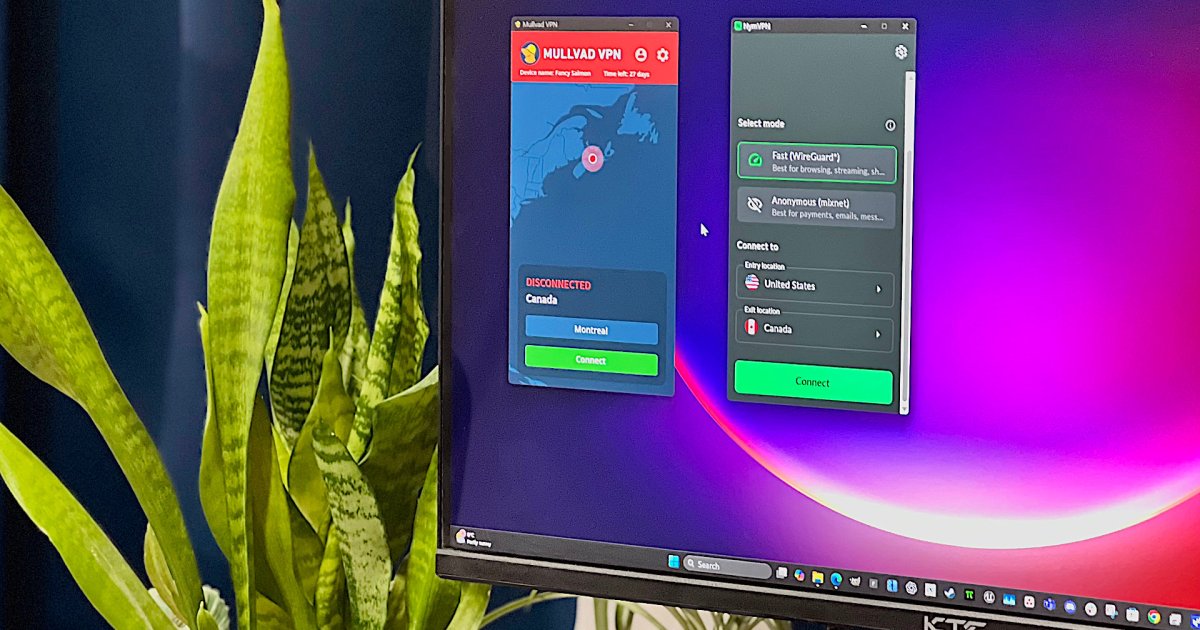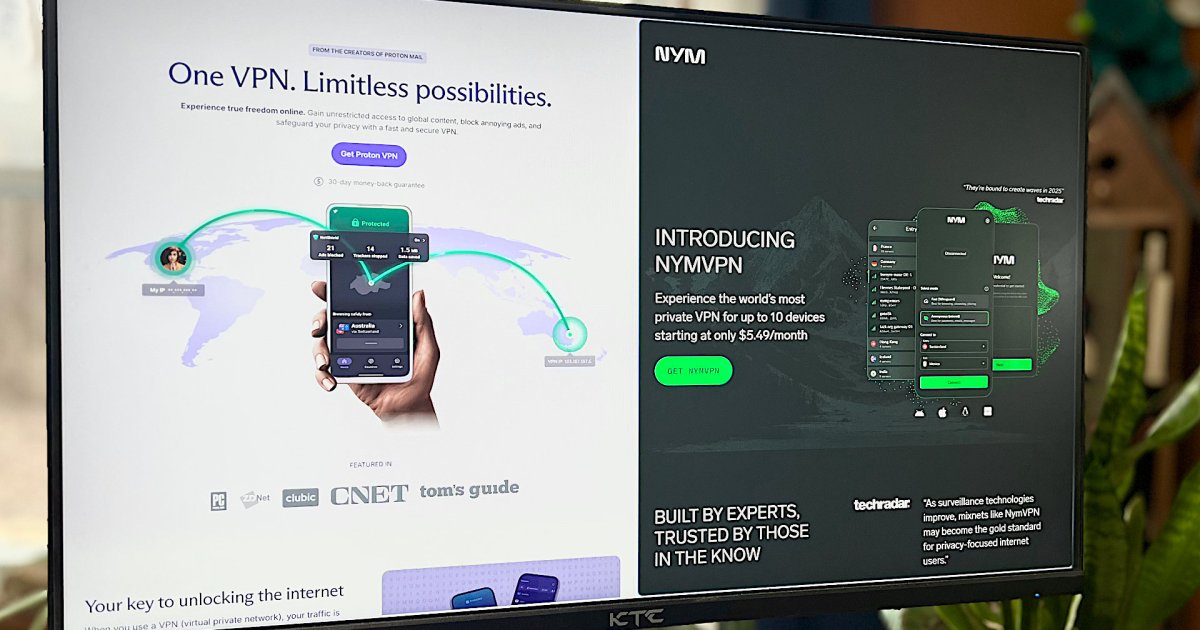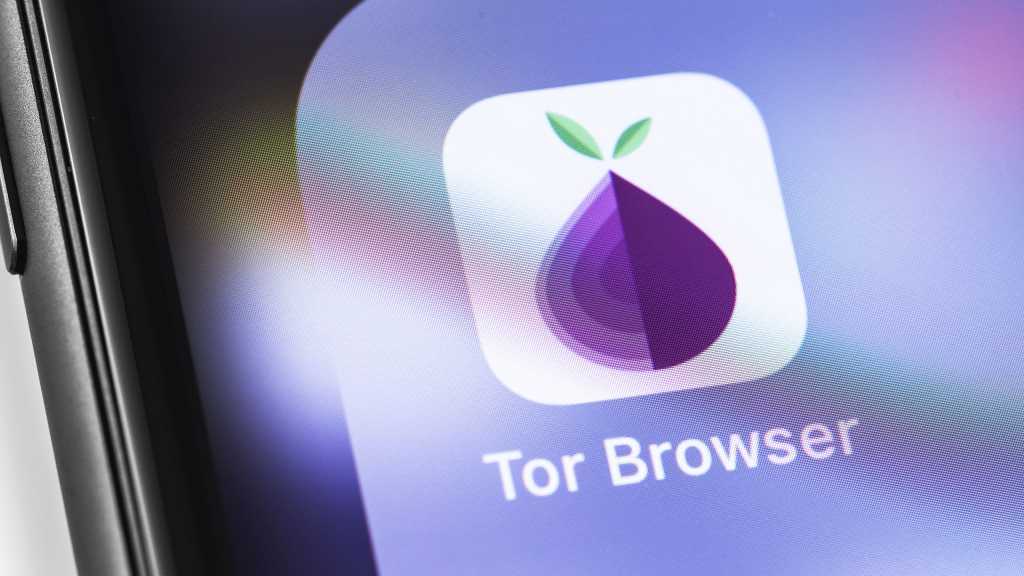Spam and phishing emails are a daily nuisance, clogging inboxes and posing security risks. While deleting these unwanted messages seems like the obvious solution, it can actually be counterproductive. Surprisingly, spam can be a valuable tool in the fight against online fraud. This article explains why you shouldn’t immediately delete spam and how you can leverage it to improve your email security.
Leveraging Spam to Train Your Email Filters
Modern email providers utilize sophisticated spam filters that constantly learn and adapt to distinguish between legitimate and unwanted emails. These filters require training data to improve their accuracy, and spam provides the perfect opportunity. By correctly classifying spam, you contribute to the filter’s learning process, leading to a cleaner inbox over time.
Here’s how to effectively train your spam filters:
-
Email Clients (Outlook, Thunderbird): Manually mark spam messages as “junk” or “spam,” even if your client has pre-filtered them. This reinforces the filter’s understanding of unwanted email characteristics.
-
Webmail: If spam appears in your main inbox, select the messages and use the “Spam” or “Junk” button to move them to the appropriate folder. This action provides valuable feedback to the filtering algorithm.
This process, both for personal and professional accounts, results in fewer spam emails long-term and helps blacklist malicious senders. In a shared office environment, marking spam benefits colleagues by preventing them from encountering the same fraudulent messages.
A common misconception is that storing spam leads to storage issues. Most providers automatically delete spam after 30 days. If your junk folder isn’t automatically cleared, manually deleting its contents monthly is recommended.
 alt text: A person using a laptop with an email client open, highlighting a spam message.
alt text: A person using a laptop with an email client open, highlighting a spam message.
The Danger of Unsubscribing from Spam
Many email platforms offer a convenient “unsubscribe” option for unwanted newsletters and marketing emails. While useful for legitimate subscriptions, this feature poses a risk with spam. Clicking “unsubscribe” in a phishing email confirms to the sender that your email address is active and monitored.
Spammers often send mass emails to randomly generated addresses, unaware of their validity. The unsubscribe request inadvertently verifies your address, potentially leading to increased spam.
Protecting Yourself from Spam and Scams
Beyond training filters, adopting these practices enhances your online security:
-
Be Suspicious: Exercise caution with unfamiliar senders or suspicious content. Be particularly wary of requests for personal information or payments.
-
Stay Calm: Urgent or pressuring language in emails should raise red flags. Legitimate companies don’t resort to scare tactics.
-
Avoid Clicking Links: Instead of clicking email links, navigate directly to the website through your browser or a search engine.
-
Don’t Open Unknown Attachments: Avoid opening attachments from unknown sources, as they may contain malware. This includes seemingly harmless file types like spreadsheets, documents, or images. Be especially cautious of executable files (EXE) and archives (ZIP, RAR).
-
Utilize Security Software: Invest in reputable anti-spam and anti-virus software for comprehensive protection.
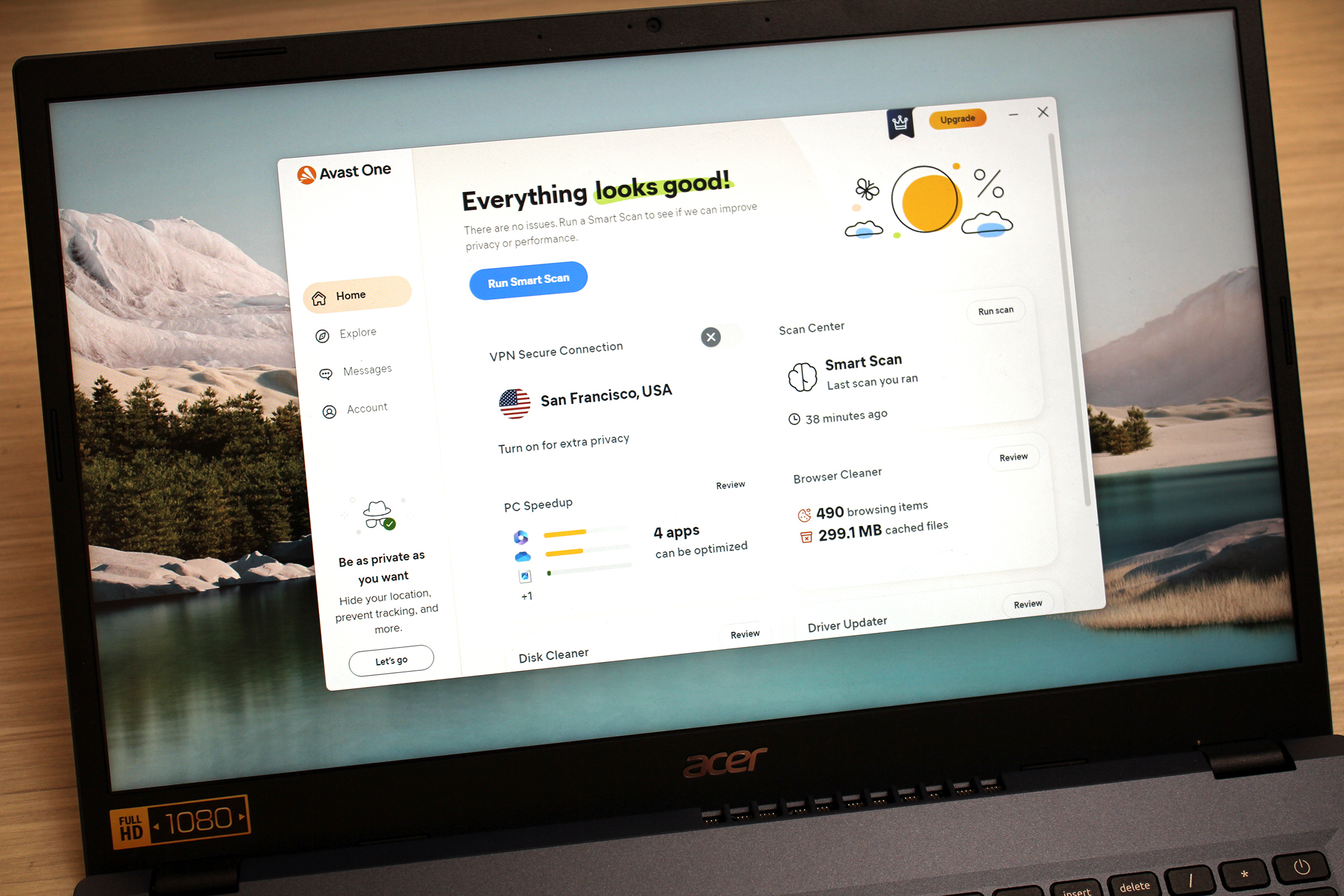 alt text: A smartphone displaying a warning message about a potential phishing attempt.
alt text: A smartphone displaying a warning message about a potential phishing attempt.
Recommended Anti-Spam and Anti-Virus Solutions
Several software options provide robust protection against spam and other online threats. Here are a few leading choices:
-
Bitdefender Total Security: This comprehensive suite offers multi-layered protection, including anti-malware, firewall, ransomware protection, and spam filtering for email clients like Outlook and Thunderbird. It even includes a “Scammio” chatbot to assess suspicious messages.
-
Avast One: A cost-effective solution with features like fake website blocking, webcam protection, and spam filtering for smartphones. Its user-friendly interface makes it accessible for non-technical users.
-
Norton 360 Deluxe: A top-rated antivirus suite with features for digital privacy, link and attachment scanning, dark web monitoring, parental controls, and vulnerability detection.
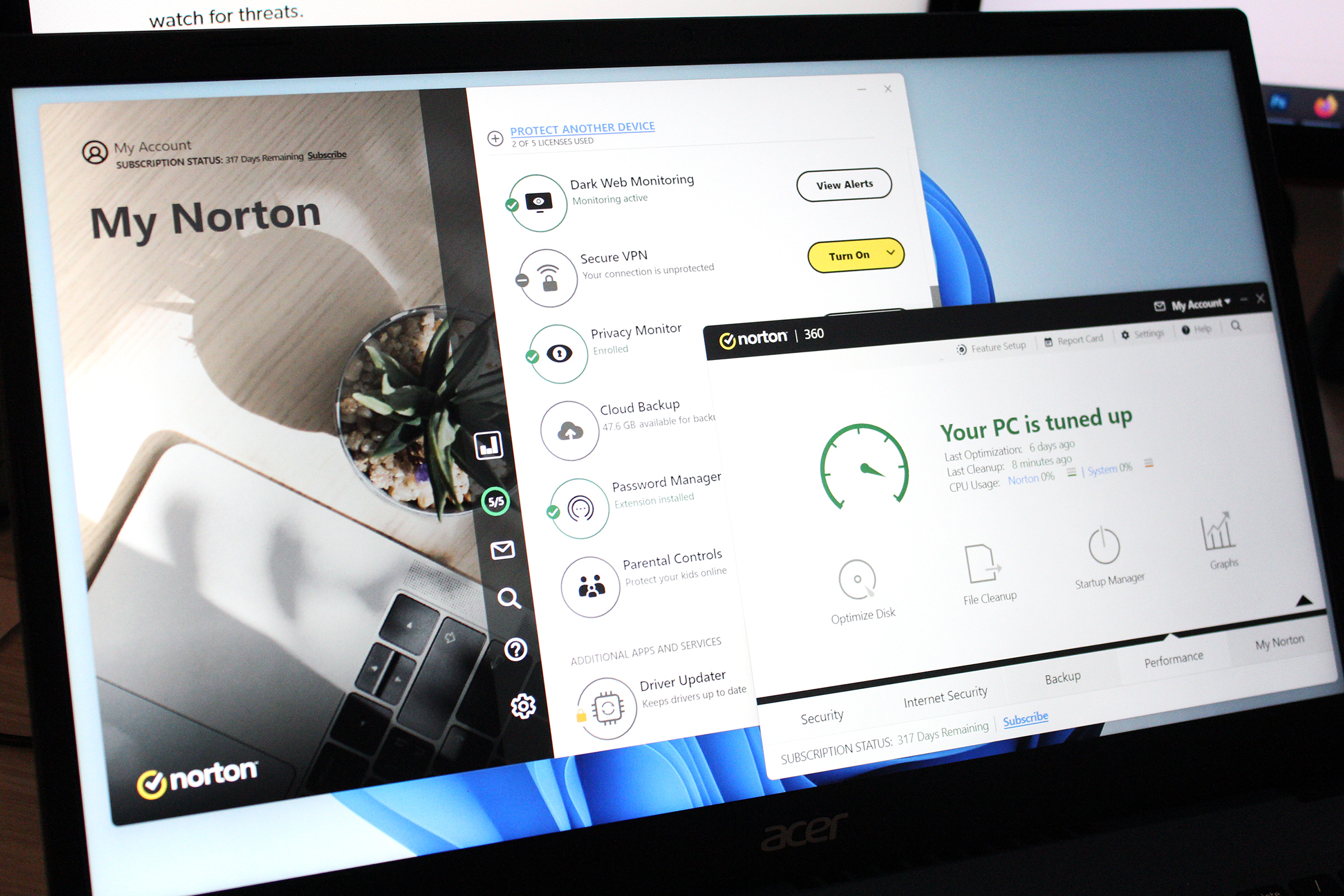 alt text: A computer screen displaying the Norton 360 Deluxe interface, highlighting its various security features.
alt text: A computer screen displaying the Norton 360 Deluxe interface, highlighting its various security features.
Conclusion
While deleting spam seems intuitive, leveraging it to train email filters and understanding the risks of unsubscribing can significantly improve your online security. By combining these strategies with cautious online behavior and robust security software, you can effectively minimize the impact of spam and protect yourself from evolving online threats.




